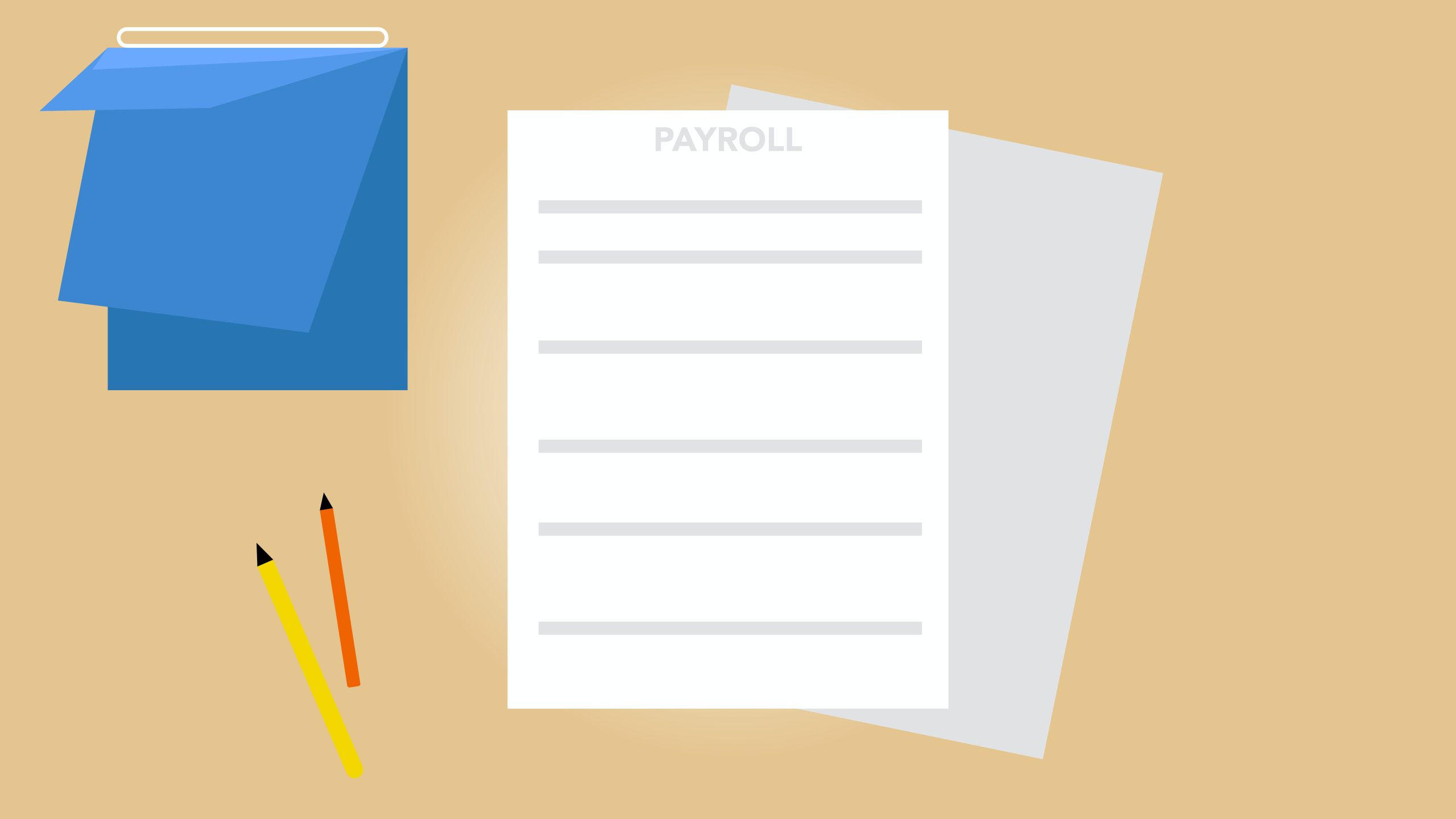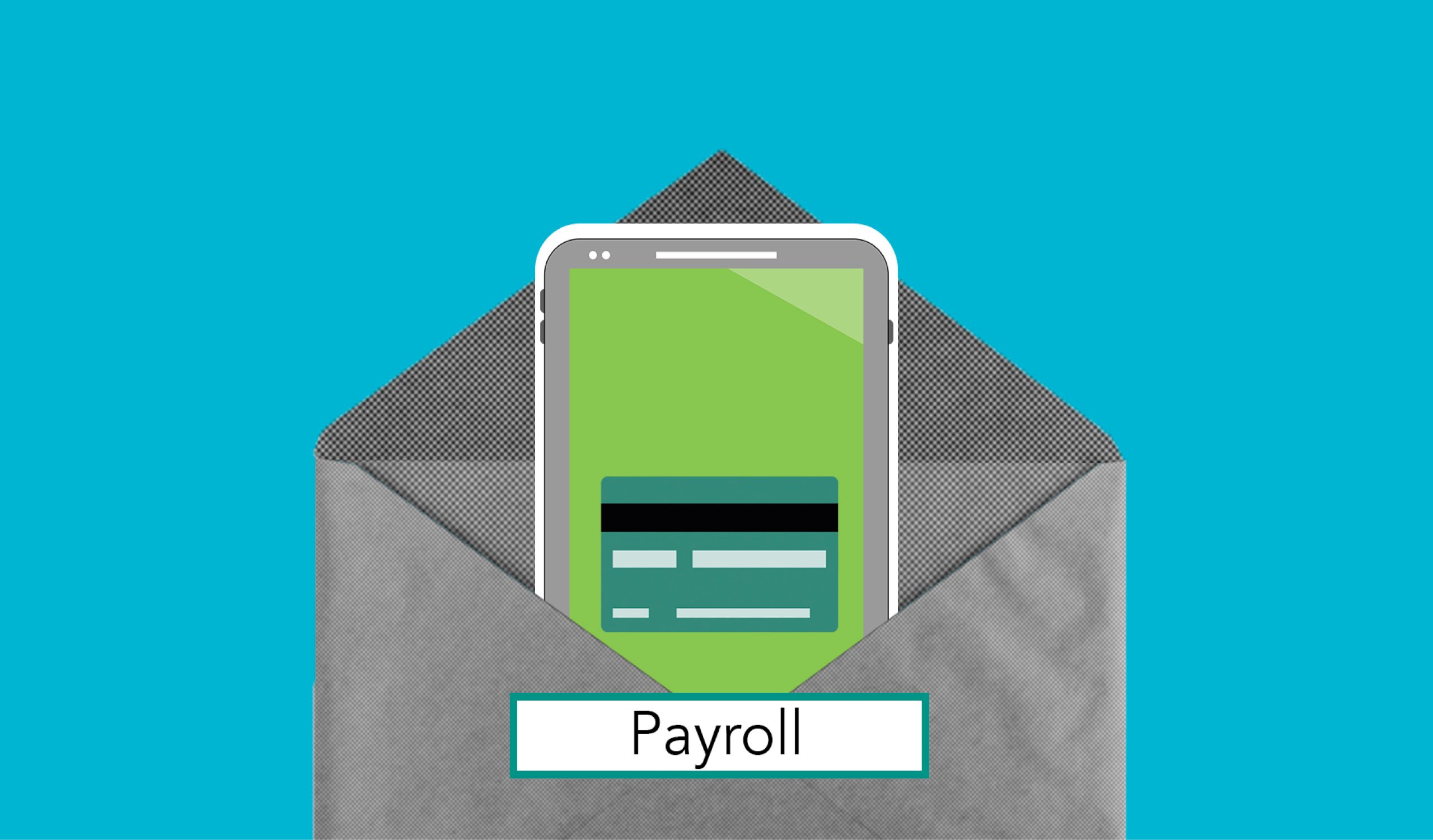Switching payroll companies can be a daunting task. With the potential for disruption to your business and the risk of making costly mistakes, it’s crucial to approach this process with careful planning and preparation. Whether you’re switching due to dissatisfaction with your current provider or simply looking for better services and features, having a comprehensive checklist can help ensure a smooth transition. In this article, we will guide you through the essential steps you need to take when switching payroll companies, helping you avoid common pitfalls and ensuring a seamless switch that benefits both your employees and your bottom line.
Why switch payroll companies and when to do it
Switching payroll companies may seem like a daunting task, but there are several reasons why businesses should consider making the switch. Firstly, if your current payroll provider is not meeting your needs or expectations, it may be time to explore other options. This could include issues such as poor customer service, outdated technology, or difficulty in managing complex payrolls. Switching to a new payroll company can provide you with improved functionality and support that better aligns with your business requirements.
Additionally, changing payroll companies can offer cost-saving opportunities. By reassessing your current payroll process and comparing it to other providers in the market, you might find more affordable solutions that offer similar or even enhanced services. Furthermore, switching providers gives you access to newer technologies and automation tools that can streamline your processes and reduce human errors. Embracing these advancements can lead to increased efficiency and reduced administrative burden for HR teams.
Timing is crucial when deciding to switch payroll companies. Firstly, evaluate whether it makes sense for your business to transition during active periods such as tax season or during the year-end financial close-out process. A smooth transition requires careful planning and coordination with both your existing provider and the new one you plan on switching to. It’s essential to ensure that both parties have enough time for data conversion and system setup before making the final move.
In conclusion, switching payroll companies can provide businesses with better functionality, improved customer support, cost savings opportunities, and access to advanced technologies.

Assess your current payroll needs and challenges
Assessing your current payroll needs and challenges is a crucial step in determining whether it’s time to switch payroll companies. Start by analyzing your current processes and evaluating their efficiency and effectiveness. Consider the size of your organization, number of employees, complexity of pay structures, and any unique payroll requirements you may have.
Identifying the pain points in your current payroll system can help you better understand the challenges you’re facing. Are you dealing with manual calculations or outdated software? Is data entry taking up too much time? Are you struggling with compliance issues or errors in tax filings? Taking stock of these issues will give you a clear picture of what isn’t working and what needs improvement.
It’s also important to consider future growth when assessing your payroll needs. Will your business be expanding in terms of headcount or locations? Will there be changes to compensation structures or benefits packages? Factoring in these elements ensures that the new payroll company can accommodate your evolving business needs. By undertaking this careful assessment, you’ll be well-prepared to find a new partner who can address your specific challenges and help streamline your payroll processes for greater efficiency and accuracy.
Research and compare different payroll service providers
When it comes to payroll processing, choosing the right service provider is crucial for optimal efficiency and accuracy. With so many options available in the market, it can be overwhelming to make a decision. This is where conducting thorough research and comparing different providers becomes essential.
Before making a switch, take the time to examine each potential provider’s offerings and pricing structure. Look for features like direct deposit, tax filing services, mobile apps, reporting capabilities, and integration with other HR systems. Additionally, consider their track record of customer satisfaction and reliability.
Comparing different payroll service providers allows you to gain insights into how they stack up against each other in terms of cost-effectiveness and value-added services. Don’t hesitate to seek recommendations from fellow business owners or professionals in your industry who have experience with various providers. By doing your due diligence before making a switch, you can ensure that you find the best fit for your business needs.

Notify employees and update necessary records
Notifying employees and updating necessary records when switching payroll companies is a crucial step in ensuring a smooth transition. Employee communication is key to managing expectations and addressing any concerns they may have during the process. Sending out a company-wide email or organizing a meeting to explain the reasons for the switch, as well as what changes they can expect, helps foster transparency and avoids any confusion or frustration.
Additionally, it is essential to update all employee records accurately and promptly. This includes personal information such as addresses, contact numbers, and emergency contacts. A seamless transfer of these details ensures that everyone receives their pay on time and that important communications reach the right individuals. Taking the time to verify this information prevents errors down the line and guarantees that your organization remains compliant with legal requirements surrounding employee data management.
In conclusion, notifying employees promptly about the switch in payroll companies demonstrates respect for their trust as valued members of your workforce. Properly updating all relevant records ensures that everyone’s information aligns correctly with new systems and processes. By prioritizing effective communication and accurate data management, you can ensure a successful transition without disrupting employees’ lives or compromising on efficiency within your organization.
Plan the transition and ensure a smooth implementation
Planning the transition and ensuring a smooth implementation of switching payroll companies is crucial for maintaining operational efficiency within your organization. A well-thought-out plan can help mitigate potential risks and disruptions during this process. Start by conducting a thorough analysis of your current payroll system to understand its strengths, weaknesses, and areas that require improvement. This assessment will provide valuable insights into what features and functionalities you would like to see in the new payroll system. Additionally, consider involving key stakeholders from various departments in the planning phase to ensure their needs are taken into account.
Once you have identified a new payroll company, it is essential to establish open lines of communication with them early on. Regularly engaging with them throughout the transition period can help build a strong working relationship and clarify any doubts or concerns. Collaborate with their implementation team to develop an action plan that outlines the steps involved in migrating your data from the old system to the new one smoothly. Thoroughly review this plan with key stakeholders to obtain their input, address any potential roadblocks, and align everyone’s expectations.
To ensure minimal disruption during implementation, consider running both systems concurrently for a short period if possible. This approach allows for testing and validation of data accuracy before fully transitioning over to the new system. Plan training sessions for employees who will be using the new platform so they can familiarize themselves with its features beforehand.

Test the new payroll system before going live
Testing the new payroll system before going live is a crucial step that should not be overlooked. It allows you to iron out any issues and ensure everything runs smoothly from day one. One way to do this is by conducting parallel testing, where both the new and old systems are run simultaneously for a period of time. This helps identify discrepancies, such as missing or incorrect data, allowing you to address them before making the switch.
Another important aspect of testing is putting the system through various scenarios to gauge its performance. For example, you can simulate payroll runs with different types of employees and compensation structures to ensure accuracy and efficiency. By doing so, you can uncover any potential limitations or problems that may arise when processing different payrolls.
Moreover, involving key stakeholders during the testing phase can provide valuable feedback and insights. Employees who will be using the system regularly should have an opportunity to test it themselves and provide feedback on usability and functionality. Additionally, seeking input from other departments such as HR or finance can help identify any integration issues or compatibility concerns that may need addressing.
Overall, thoroughly testing your new payroll system before going live will help mitigate risks and ensure a smooth transition. It enables you to catch any errors early on, boost employee confidence in the new system, and set yourself up for success in managing your company’s payroll effectively and efficiently moving forward.
Conclusion: Key considerations for a successful switch
In conclusion, making the switch to a new payroll company requires careful planning and consideration. It is crucial to thoroughly assess your current payroll process and identify any pain points or inefficiencies that need to be addressed. This will help you determine what specific features and capabilities you should look for in a new provider.
Furthermore, it is important to involve all relevant stakeholders in the decision-making process. Engage with your HR team, finance department, and any other individuals who play a role in payroll management. Their input can provide valuable insights into the specific needs and requirements of your organization.
Lastly, don’t overlook the importance of training and support during the transition period. Ensure that your new payroll provider offers comprehensive training programs for both administrators and employees. Additionally, verify that they have a reliable customer support system in place to address any issues or questions that may arise.
By carefully considering these key factors before switching payroll companies, you can position your organization for a successful transition that will improve efficiency and streamline your payroll processes. Don’t rush this decision – take the time to research different providers, compare their offerings, read reviews from existing clients, and even request demos or trials if possible.

